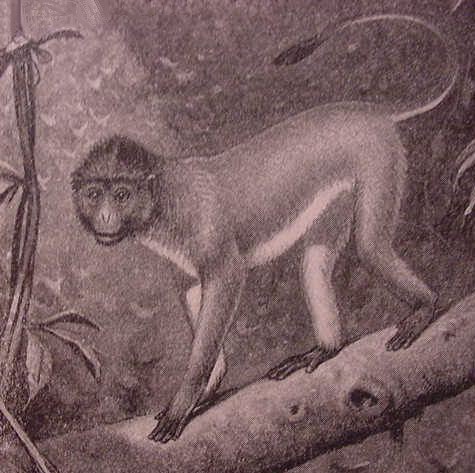Facts About Surili
Surilis, also known as langurs or leaf monkeys, are captivating Old World monkeys belonging to the genus Presbytis. These primates are indigenous to the Thai-Malay Peninsula, Sumatra, Borneo, Java, and adjacent islands. They are distinguished by their small, slender physique and a variety of fur colors, which range from brown, grey, and black to even orange. One of their most distinctive characteristics is the tuft of hair on their heads, which has earned them the German nickname "Mützenlanguren" meaning capped langurs.
What differentiates surilis from other langurs are their unique head shapes, dental structures, and thumb sizes. These monkeys are arboreal, spending the majority of their lives in trees, and they are diurnal, meaning they are active during the day. They typically live in social groups of up to 21 members, generally consisting of one male, multiple females, and their offspring. Their diet primarily includes leaves, fruits, and seeds.
The gestation period for surilis is approximately 5-6 months, usually resulting in a single offspring. Newborn surilis are white with distinct markings and are weaned by the time they are about one year old. They reach full maturity between 4-5 years of age. Unfortunately, many species within the genus Presbytis are threatened by habitat destruction and hunting, with several classified as vulnerable or worse by the IUCN.

 Timor Leste
Timor Leste